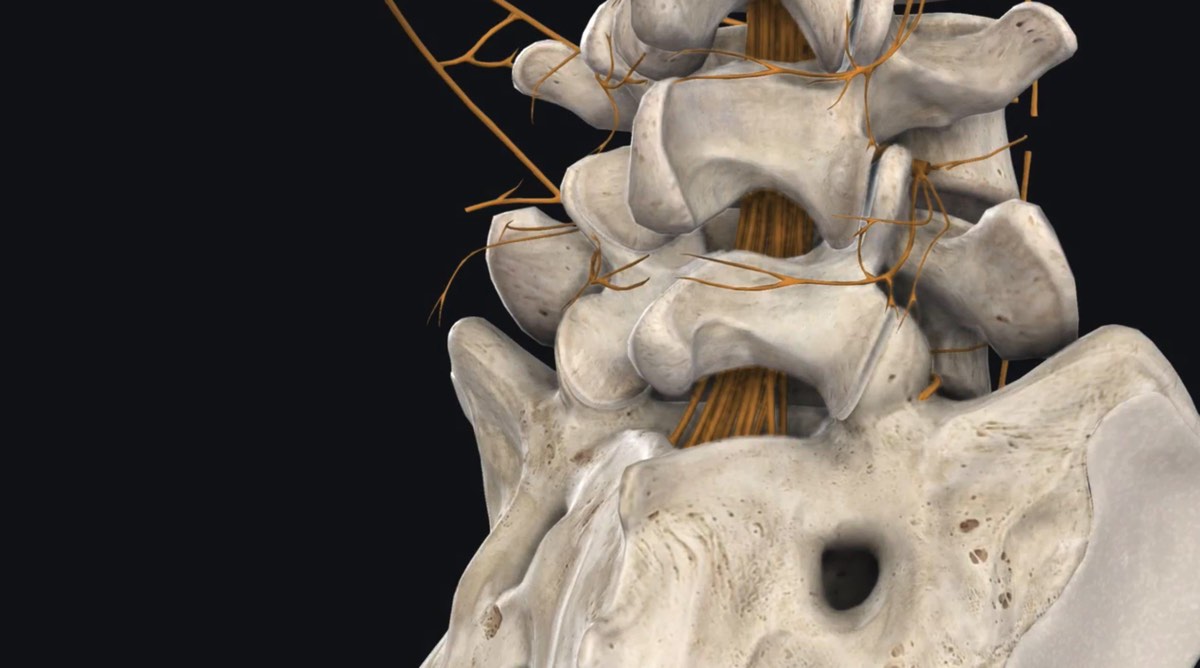NEW YORK (Reuters Health) – Although patients with liver disease often have an increased international normalized ratio (INR), their coagulopathy does not protect against venous thromboembolism (VTE), new research suggests.
The findings stem from a study of 190 hospitalized patients with chronic liver disease. Twelve patients developed VTE, resulting in a rate of 6.3%. Most importantly, the rate did not vary significantly by INR quartile.
“An elevated INR in the setting of chronic liver disease does not appear to protect against the development of hospital-acquired VTE,” conclude Dr. Ousama Dabbagh and colleagues from the University of Missouri, Columbia. “The notion that ‘auto-anticoagulation’ protects against venous thromboembolism is unfounded.”
In the study, which was reported in the December 29th online issue of Chest, patients were divided into quartiles based on admission INR cutoffs of 1.4, 1.7, and 2.2. In all four groups, the most common cause of liver disease was alcohol, followed by hepatitis B or C. Roughly 25% of patients received either mechanical or drug prophylaxis of thrombosis; the rate was comparable in each INR group.
Not surprisingly, in the overall cohort, patients with higher INRs were generally sicker. Of the 12 patients with VTE, 1 was Child-Pugh stage A, 3 were B, and 8 were C.
While hospital length of stay was similar among INR groups, hospital mortality rates rose with higher INRs (32% in highest INR group vs. 4% in lowest INR group, p < 0.001).
“In this study, half of cases of VTE occurred in patients with INR greater than 1.6, and there was still a risk of VTE with INR greater than 2.2,” the authors warn.
They conclude, “Our study shows that elevated INR in chronic liver disease should not give clinicians a sense of security.”
Reference:
Chest 2009.









